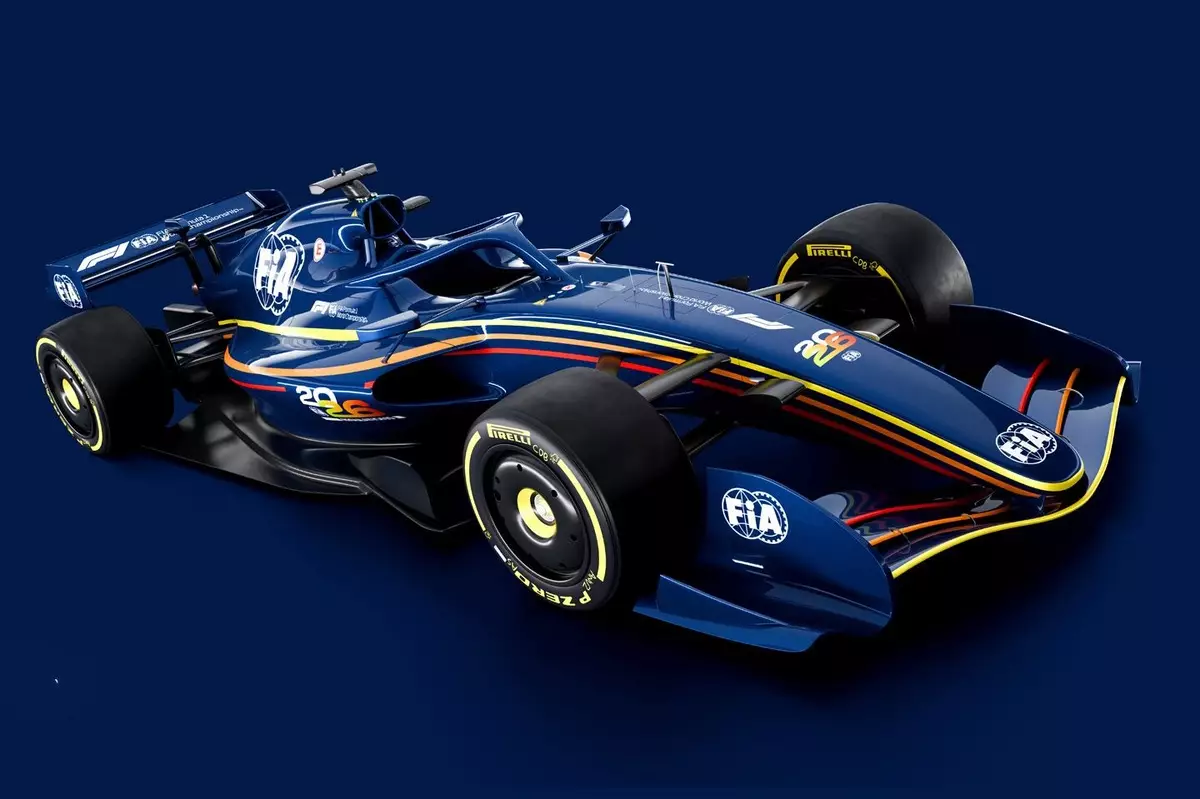As the 2026 season approaches, the F1 world stands on the brink of one of its most significant regulatory overhauls in recent history. This change promises to redefine not just the technical specifications of the cars but also the very essence of how the sport is experienced—both for drivers and fans alike. The anticipated adjustments, from car aerodynamics to overtaking strategies, signal a shift towards a more complex, strategic, and skill-driven racing landscape.
The innovative scope of these regulations aims to balance performance, sustainability, and entertainment. With these rules, Formula 1 fans can expect a sport that emphasizes driver finesse over outright speed, fostering close racing and exciting overtakes. But it’s not just about making racing more thrilling; it’s about elevating the sport’s strategic depth, making each race more nuanced and challenging. This move underscores an unapologetic commitment to evolving the sport in ways that prioritize genuine competition over mere lap times.
Speed, Strategy, and the New Car Paradigm
One of the most debated topics surrounding the 2026 regulations is the impact on lap times. Early simulations suggest that new cars will be, at best, slightly slower than today’s models—slower by a margin of one to two and a half seconds per lap. While this may initially seem like a setback, it actually aligns with the sport’s broader goal: fostering closer battles on the track rather than obsessing over raw speed metrics.
The decrease in downforce levels, a necessary adjustment to improve sustainability and safety standards, means cars will struggle more in corners but compensate on straights with increased top speeds. For purists, this shift might seem like a loss, but for strategic minds, it opens new avenues. Drivers will need to optimize their setups, managing energy and aerodynamics to maximize overtaking chances. Fans, perhaps, should appreciate the sport’s move toward a more skill-dependent race—one where valor and precision matter more than simply chasing the fastest lap.
It’s crucial to recognize that lap time figures are becoming less relevant in this evolved framework. As FIA’s Nikolas Tombazis pointed out, historical fluctuations in car speeds have always occurred, yet the sport persisted—and thrived—by offering compelling on-track battles. The focus now shifts from raw speed to racecraft, positioning driving prowess and tactical intelligence at the forefront.
Overtaking in the New Age: DRS’s Demise and Active Aerodynamics
One of the most radical changes in 2026 involves the removal of DRS (Drag Reduction System). DRS, once the primary tool for overtaking on straights, is being phased out in favor of a more integrated aerodynamic system. Instead, each car will feature active aerodynamics—specifically, an ‘X-mode’ and ‘Z-mode’—that provide a low-drag configuration whenever needed. This setup effectively grants drivers a continuous, subtle advantage over their opponents, akin to a permanent, strategic overtaking aid.
This transition signifies a philosophical shift: overtaking will no longer rely solely on a mechanical wing flap but on a comprehensive, dynamic aerodynamic system. The ‘Manual Override Mode’ will introduce a controlled power boost, similar in spirit to the “push-to-pass” feature of IndyCar, but calibrated to promote overtaking that is challenging yet achievable. It emphasizes driver skill, as entrants will need to decide precisely when to deploy this boost to maximize their chances without sacrificing stability or risking penalties.
The intricacies of this system mean that overtaking won’t be a simple matter of pressing a button but a carefully gauged tactical move. This promises more suspenseful, skillful battles on the track—each overtaking attempt requiring finesse as much as speed. Such a shift hints at a future where racing is more about brains and timing than raw power, making the sport arguably more captivating for both spectators and participants.
What Does This Mean for Fans and the Spirit of Competition?
The undeniable strength of these upcoming rule changes is their potential to level the playing field and ignite more competitive, unpredictable races. Instead of waiting for outright speed advantages, teams and drivers will need to innovate within the new aerodynamic constraints, leading to a more diverse field of contenders. This could counteract the dominance of traditionally dominant teams by forcing them to adapt or rethink their approaches entirely.
Moreover, the focus on strategic overtaking and racecraft offers fans an evolution in how they perceive and enjoy the sport. The spectacle will become more about clever positioning, energy management, and tactical deployment of technological advantages. It promises more interesting battles, where overtaking is not just a matter of speed but of skillful decision-making—adding a new layer of narrative richness to each Grand Prix.
The underlying message is clear: in this new era of Formula 1, substance will take precedence over spectacle alone. As cars become more similar in raw performance, the true differentiator will be the ingenuity and finesse of the drivers and teams. Fans should welcome this shift as an opportunity to witness a sport that rewards strategic mastery, pushing the boundaries of what racing can be.
In essence, the 2026 regulations are not just technical tweaks—they represent a conscious move towards a more sophisticated, strategic, and human-centered form of racing. The sport is positioning itself to stay relevant and exciting amidst a rapidly evolving motorsport landscape, where technological innovation and driver talent merge into a captivating dance of brains and machines.


Leave a Reply